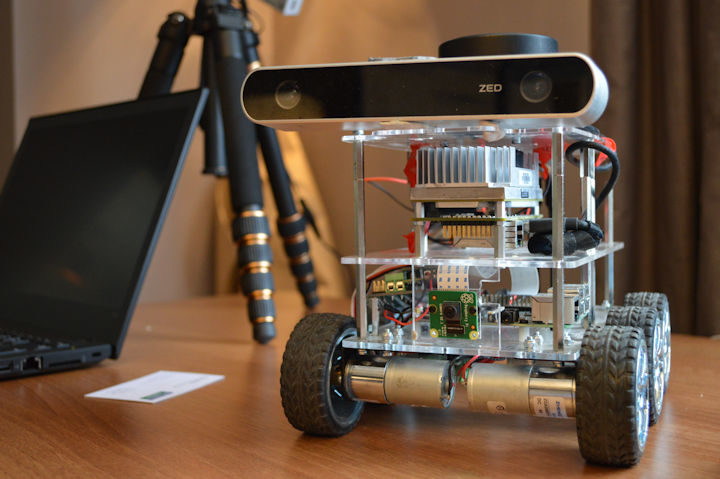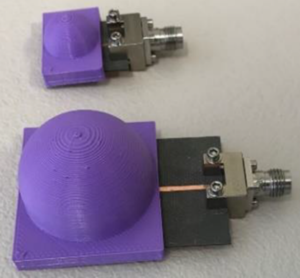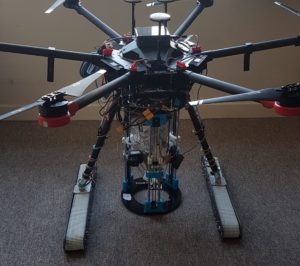
Localisation of a mobile robot for bridge bearing inspection
Bridge bearings are a critical component of a bridge and require regular visual inspection to ensure the safe operation of the bridge throughout its life. However, the bearings are often located in spaces that are difficult or hazardous to reach, which can impact how often the bearings are inspected. In addition, these spaces are small and offer significant challenges for tele-operation due to line-of-sight restrictions; hence, some level of autonomy is required to make robotic inspection possible.
In this work, a robotic solution to bridge bearing inspection is presented, and localisation methods are assessed as the first, and most, important step towards automation. Robot localisation is performed in both a lab environment and a real bridge bearing environment. In this paper, Adaptive Monte-Carlo Localisation is considered for localisation in a known map and gave comparable results to Hector-SLAM, with all results less than a defined error threshold of 10 cm. A combination of both of these methods are proposed to give a more robust approach that gives errors lower than the defined threshold in the real bridge. The experiments also show the need to provide an accurate starting point for each inspection within the bearing, for which we notionally suggest the use of a docking station that could also be used for improved autonomy, such as charging. In addition, proof-of-concept approaches for visual inspection tasks, such as geometry changes and foreign object detection are presented to show some of the proposed benefits of the system presented in this work.
Harriet Peel, Shan Luo, Anthony Cohn, Raul Fuentes (2018) Localisation of a mobile robot for bridge bearing inspection. Automation in Construction. 94, 244-256. Doi:10.1016/j.autcon.2018.07.003. Read publication.










